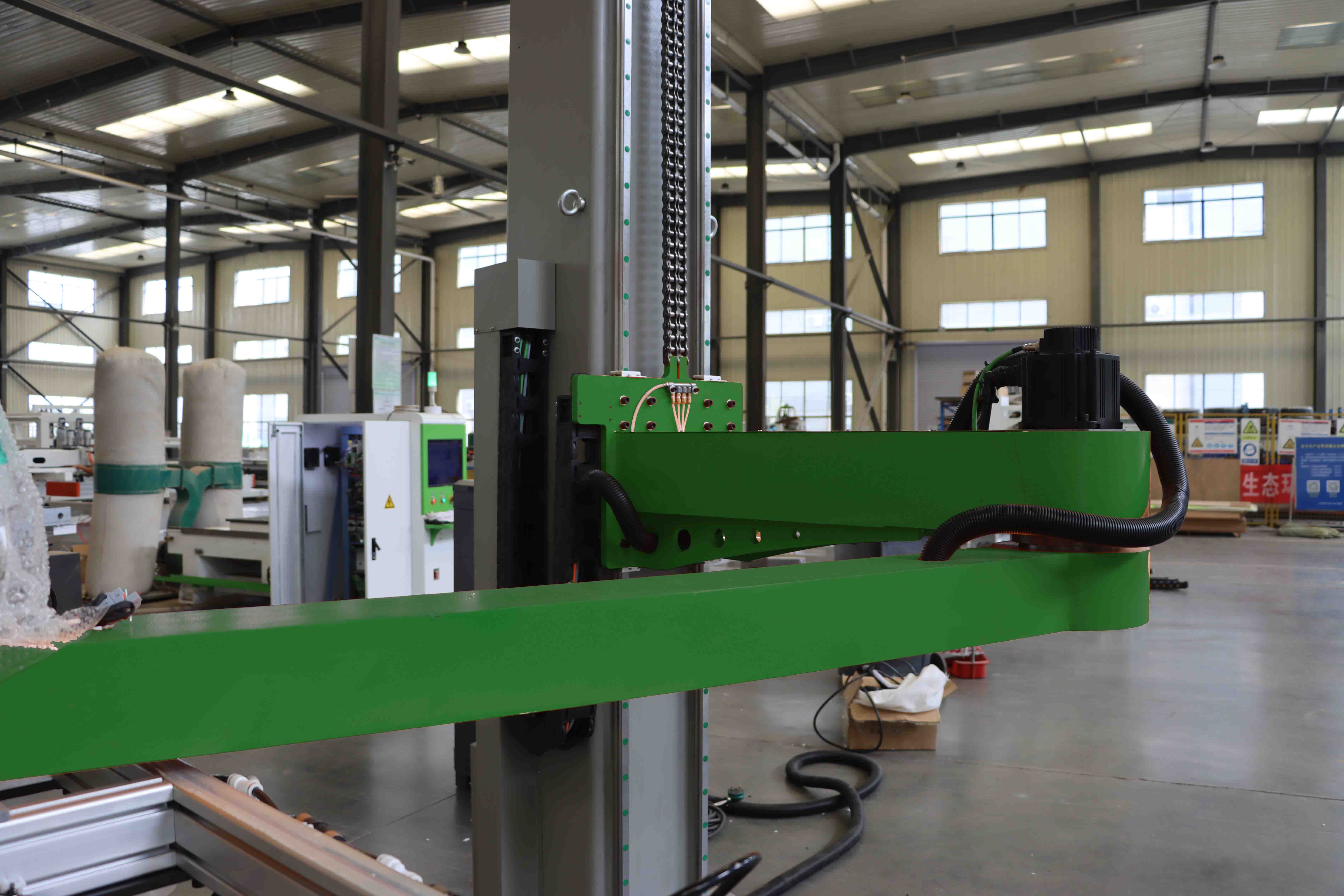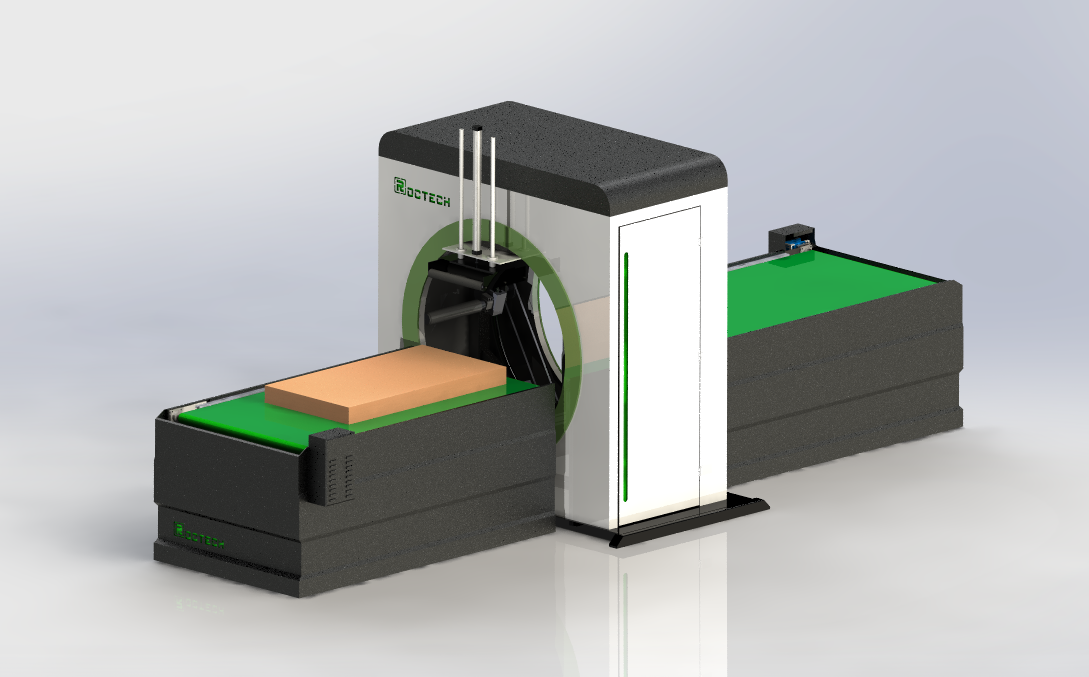Introducción
El Corte láser de acero revolucionó la industria manufacturera, proporcionando una precisión, eficiencia y versatilidad incomparables. Esta tecnología avanzada utiliza láseres de alta potencia para cortar acero con una precisión extremadamente alta, convirtiéndolo en el método preferido para una amplia gama de aplicaciones. En esta guía integral, estudiaremos en profundidad la complejidad del Corte láser de acero y exploraremos su tecnología, ventajas y diversas aplicaciones.
Comprender el corte láser de acero

El Corte láser de acero es un proceso de fusión, combustión o evaporación de materiales de acero utilizando rayos láser enfocados para lograr un corte preciso. El haz láser es generado por un resonador láser y guiado a la cabeza de corte a través de una serie de espejos o fibras ópticas. La cabeza de corte enfoca el rayo láser en la superficie del acero, donde transmite un fuerte calor para lograr el corte necesario.

Tipo de máquina de corte láser
1. las máquinas de corte láser CO2 utilizan una mezcla de gas dióxido de carbono para producir rayos láser. Son adecuados para cortar placas de acero más gruesas y tienen una excelente calidad de Corte.
2. Fiber Laser Cutters Fiber laser cutters use optical fibers doped with rare-earth elements to produce the laser beam. They are highly efficient and ideal for cutting thin to medium-thickness steel sheets with high precision.
3. NdYAG Laser Cutters These machines use a neodymium-doped yttrium aluminum garnet crystal to generate the laser beam. They are versatile and can cut various materials, including steel.
Techniques in Steel Laser Cutting
1. Fusion Cutting This technique involves melting the steel material with the laser beam and using a high-pressure gas to blow away the molten metal. It is suitable for cutting thin steel sheets and produces clean edges.
2. Flame Cutting In flame cutting, the laser beam heats the steel to its ignition temperature, and a stream of oxygen is introduced to burn the material. This method is effective for cutting thicker steel sheets.
3. Sublimation Cutting Sublimation cutting uses the laser beam to vaporize the steel material without melting it. This technique is used for cutting very thin steel sheets and produces minimal heat-affected zones.
Benefits of Steel Laser Cutting
1. Precision and Accuracy Steel laser cutting offers exceptional precision, allowing for intricate designs and tight tolerances. The focused laser beam ensures clean, sharp cuts with minimal material wastage.
2. Speed and Efficiency Laser cutting is a fast process, significantly reducing production time compared to traditional cutting methods. It is highly efficient, enabling the cutting of multiple parts simultaneously.
3. Versatility Steel laser cutting can handle a wide range of steel grades and thicknesses, making it suitable for various industries and applications. It can cut complex shapes and patterns with ease.
4. Minimal Material Distortion The localized heat input in laser cutting minimizes thermal distortion, preserving the integrity of the steel material. This results in high-quality finished products with minimal post-processing requirements.
5. Cost-Effectiveness Although the initial investment in laser cutting equipment can be high, the long-term cost savings in terms of reduced material wastage, labor, and production time make it a cost-effective solution.
Applications of Steel Laser Cutting
1. Automotive Industry Steel laser cutting is widely used in the automotive industry for manufacturing components such as chassis, body panels, and engine parts. The precision and efficiency of laser cutting ensure high-quality parts that meet stringent industry standards.
2. Aerospace Industry In the aerospace sector, steel laser cutting is employed to produce intricate components with tight tolerances. The ability to cut complex shapes and patterns is crucial for manufacturing lightweight and durable aerospace parts.
3. Construction Industry Steel laser cutting is utilized in the construction industry for fabricating structural steel components, such as beams, columns, and brackets. The precision of laser cutting ensures accurate assembly and reduces construction time.
4. Electronics Industry The electronics industry benefits from steel laser cutting for producing precise and intricate components, such as enclosures, heat sinks, and connectors. The minimal material distortion ensures the reliability and performance of electronic devices.
5. Medical Industry In the medical field, steel laser cutting is used to manufacture surgical instruments, implants, and medical devices. The high precision and cleanliness of laser cutting are essential for ensuring the safety and efficacy of medical products.
6. Art and Design Steel laser cutting is also popular in the art and design industry for creating intricate sculptures, decorative panels, and custom furniture. The ability to cut detailed patterns and shapes allows artists and designers to bring their creative visions to life.
Factors to Consider in Steel Laser Cutting
1. Material Thickness The thickness of the steel material determines the type of laser cutter and cutting technique to be used. Thicker materials may require higher laser power and different cutting methods.
2. Cutting Speed The cutting speed affects the quality and efficiency of the process. Optimal cutting speed ensures clean cuts and minimizes heat-affected zones.
3. Assist Gas The choice of assist gas (e.g., oxygen, nitrogen, or argon) influences the cutting process. Oxygen is commonly used for flame cutting, while nitrogen is preferred for clean cuts with minimal oxidation.
4. Laser Power The laser power determines the cutting capability and efficiency. Higher laser power is required for cutting thicker materials and achieving faster cutting speeds.
5. Focus and Beam Quality The focus and quality of the laser beam impact the precision and quality of the cuts. Proper beam alignment and focus are essential for achieving accurate and clean cuts.
Conclusion
Steel laser cutting is a transformative technology that has redefined the manufacturing and fabrication industries. Its precision, efficiency, and versatility make it an indispensable tool for producing high-quality steel components across various sectors. By understanding the techniques, benefits, and applications of steel laser cutting, manufacturers can harness its full potential to enhance their production processes and deliver superior products. As technology continues to advance, steel laser cutting will undoubtedly play a pivotal role in shaping the future of manufacturing.
Ya sea que necesite sugerencias generales o apoyo específico, estaremos encantados de ayudarle.